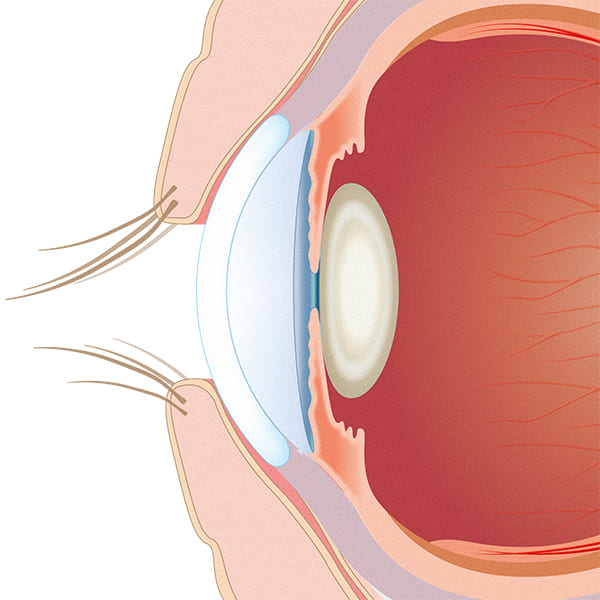Diagnosis
The diagnosis of cataracts is made by a medical specialist, the ophthalmologist, who assesses the opacity of the crystalline lens during a check-up by carrying out certain specific tests, such as measuring eyesight and biomicroscopic examination with a slit lamp.
It is important to bear in mind that, since it is a progressive disease, it is essential to diagnose cataracts at an early stage so that treatment can be more effective.
Treatment
The treatment of cataracts varies depending on the progress of the disease and the visual difficulties experienced in daily life.
In milder cases of cataracts, the specialist may prescribe glasses as a temporary aid to correct the refractive errors associated with the onset of cataracts, but without being able to correct the opacity that leads to dim images and faded colours.
As the disease progresses, the only permanent solution currently available is surgery, which involves removing the opacified crystalline lens and replacing it with an artificial intraocular lens. Generally, during the operation, the patient is awake and only the eye is anaesthetised, therefore no hospitalisation is required.

